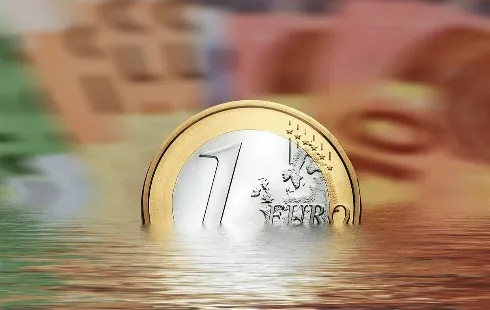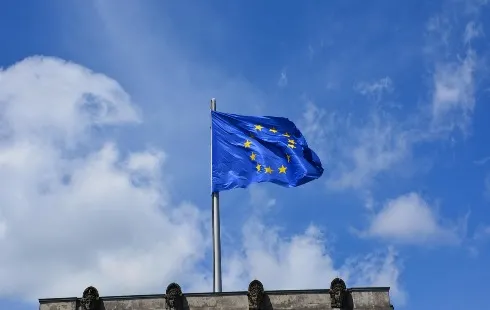
Venezuela Implements Reduced Working Hours Amid Drought-Induced Power Outages
Section: News
In recent financial observations, the Swedish krona has faced significant challenges against other global currencies. Despite numerous analysts suggesting that the krona is undervalued, it continues to struggle, often facing depreciation.
Current data from the Swedish central bank indicates a trend where most common currencies have weakened against the krona over the past month, with the notable exception of the Norwegian krone, which has remained relatively stable. This development, while modest, offers a glimmer of optimism amid the complexities of the current global economic climate.
The Swiss franc is traditionally known for its strength and has consistently been valued higher than the euro for the past three years. In stark contrast, the Turkish lira has experienced dramatic devaluation over the years, having lost significant value since it underwent a redenomination two decades ago. What was once a currency that could buy a substantial amount has now become a fraction of its former self.
Historically, in the mid-2000s, the Turkish lira was the least valued currency globally, with exchange rates soaring to hundreds of thousands of lira for just one Swedish krona. Presently, the weakest currency is reported to be the Lebanese pound, requiring approximately nine thousand pounds to equal one Swedish krona, although this still surpasses the lira's valuation in 2004. The hyperinflation in Germany during the 1920s necessitated the removal of twelve zeros from its currency, demonstrating a similar trajectory of extreme devaluation.
Zimbabwe has also witnessed unparalleled inflation, surpassing historical records, leading to the abandonment of its dollar in 2009.
When discussing global currencies, the U.S. dollar stands out as the most widely used currency, with local dollar denominations existing in numerous countries, including Australia, Canada, and several Caribbean nations. The term 'dollar' has its roots in the historical 'thaler' currency.
In comparison, the British pound, while less prevalent, remains significant, representing remnants of the British Empire in various territories. Additional currencies such as francs, pesos, dinars, and rupees are also utilized across different nations, alongside numerous variations of the crown across Nordic countries and the Czech Republic.
Interestingly, three of the four most valuable currencies in the world today are dinars from Kuwait, Bahrain, and Jordan, with the Omani rial also ranking high. The British pound follows closely behind, reflecting a strong relationship between the British currency and its territories.
For context, one Kuwaiti dinar is equivalent to over two and a half British pounds, exceeding thirty-two Swedish kronor, or more than 290,000 Lebanese pounds, highlighting the disparities in currency values globally.

Section: News

Section: Politics

Section: News

Section: News

Section: Politics

Section: Arts

Section: News

Section: News

Section: Business

Section: Business

Health Insurance in Germany is compulsory and sometimes complicated, not to mention expensive. As an expat, you are required to navigate this landscape within weeks of arriving, so check our FAQ on PKV. For our guide on resources and access to agents who can give you a competitive quote, try our PKV Cost comparison tool.

Germany is famous for its medical expertise and extensive number of hospitals and clinics. See this comprehensive directory of hospitals and clinics across the country, complete with links to their websites, addresses, contact info, and specializations/services.

Experience the extraordinary talent of Evgeny Kissin, a pianist who seamlessly merges with the music, producing a sound that resonates with raw power. Renowned as a genius pianist and a virtuosic musician, Kissin embodies the captivating union of the artist with his instrument, showcasing the...
No comments yet. Be the first to comment!